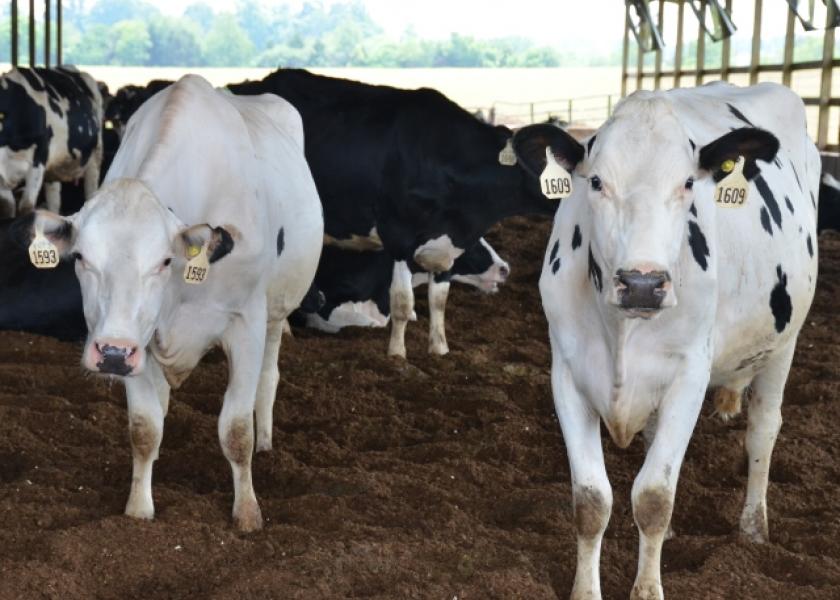Cyclicity in Dairy Cows: Postpartum Blues

Understanding how ovarian follicles develop and the interplay between hormones and other health factors in a non-pregnant dairy cow can be both fascinating and frustrating.
By: Andrew Sandeen, Penn State Extension
When it comes to the question of how to manage reproduction in an early postpartum cow, it pretty much boils down to one big thing: without ovulation of a follicle, reproduction is not possible. Ovulation is the critical event that must function correctly and be responded to in a timely manner in order to see a new pregnancy established.
Anovulation (literally “the absence of ovulation”) is a phase that fresh cows go through and sometimes even return to after ovulating once or twice. The duration of the phase is quite variable. On average, lactating cows ovulate for the first time at around 30 days postpartum, but that is just an average. Some will ovulate in the first few weeks; for others, first ovulation might be delayed for a much longer period of time. Anovulation may even persist beyond a voluntary waiting period of 60 days, especially if there are problems with body condition, negative energy balance, or other postpartum health disorders.
Once first ovulation occurs, there still is no guarantee that normal cyclicity has been established. Nearly half of cows experience delays in the timing of later ovulations and/or encounter a situation where progesterone production by a persistent corpus luteum is maintained for a longer period of time than is typical in a normal estrous cycle.
One additional challenge to note is that there is an increased likelihood of double ovulation at first ovulation or any other time that preovulatory follicles develop in a low progesterone environment. This increases the likelihood of twinning, which is generally an unwanted complication in dairy herds.
For anyone managing reproduction, it is reassuring to know first ovulation has occurred and progesterone has re-established a presence so that a more predictable cyclicity will continue until pregnancy is achieved.
Waiting for a longer period of time after calving before beginning a reproductive management program could be advantageous in terms of establishing normal cyclicity and achieving higher conception rates, but there are economic implications to consider. Failing to get cows bred in a timely manner can affect long-term milk production and availability of replacements. Even fertility will eventually decline, so most managers will choose to be proactive in the management of cyclicity.
What can be done for anovular cows? There are two treatment options, neither of which include the use of prostaglandin F2α (PGF). Though PGF is one of the commonly used treatments for estrous synchronization and is effective in causing regression of a mature CL (a previously-ovulated follicle), PGF treatment has little impact on ovulation. The first treatment option for anovulation is to use a gonadotropin-releasing hormone (GnRH) product, which will typically initiate the ovulatory process as long as a cow has active ovaries (she might not if negative energy balance is a problem) and is at a responsive stage of follicular development. The second option is a progesterone-releasing device. Providing progesterone for several days will generally “prime the system” and help a cow begin to cycle normally.
A proactive response to the “postpartum blues” of anovulation in an open cow may well be worth the effort, whether at a herd-wide level or on a cow-by-cow basis.
Source:







